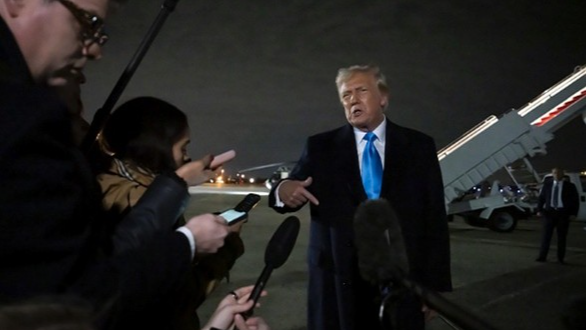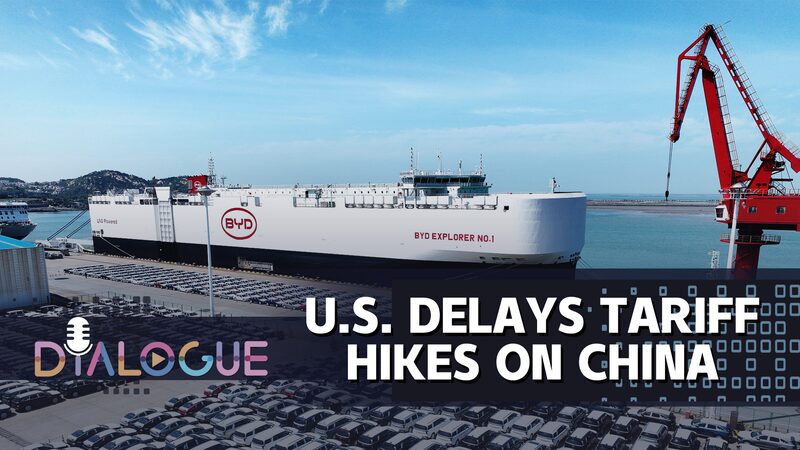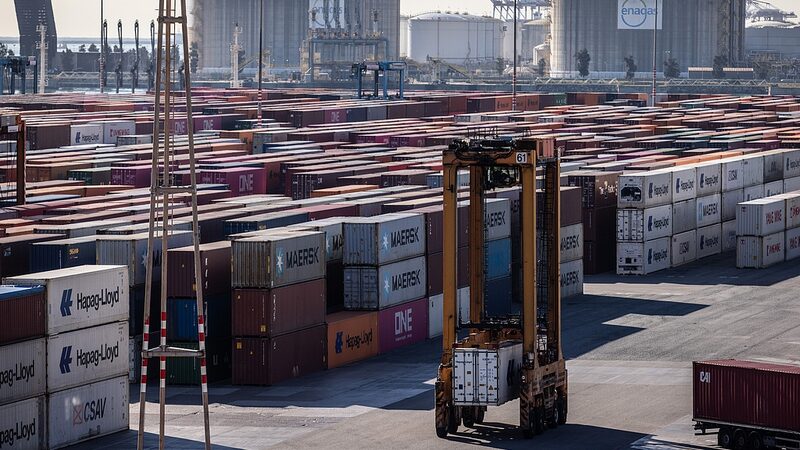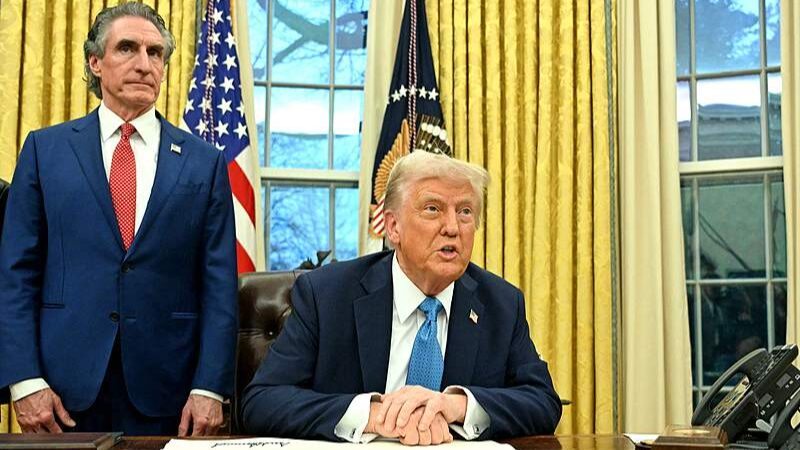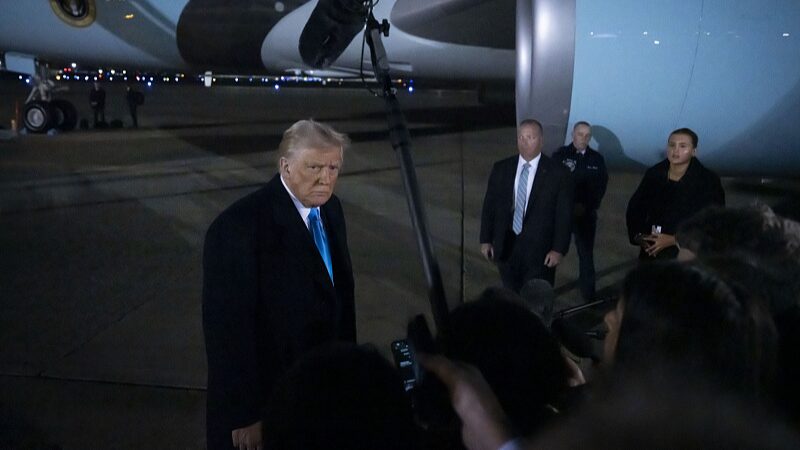After days of anticipation, U.S. President Donald Trump has launched a series of tariffs targeting some of the nation's most significant trade partners: Canada, Mexico, and China. The move has sparked global concern over escalating trade tensions and the potential impact on the international economic landscape.
In announcing the tariffs—25% on imports from Canada and Mexico, and 10% on imports from China—Trump presented conflicting justifications. Initially framing them as a negotiating tool to address U.S. trade deficits, he later contradicted himself, adding to the confusion. The specifics of the tariffs remain unclear, with sudden adjustments already made, such as reducing tariffs on oil, natural gas, and electricity imports from Canada to 10%.
Major publications have weighed in on the situation, with the Financial Times labeling it \"a trade war on steroids\" and the Washington Post calling it \"the dumbest trade war in history.\" Observers doubt the longevity of these aggressive tariffs, suggesting they may not be sustainable in the long term.
As the international community braces for the fallout, it becomes essential to dissect the underlying motives and potential outcomes of this trade strategy. The tariffs appear to be employed as leverage in negotiations, but their incoherent application and the mixed messages from the White House have only served to alienate key allies and trading partners.
The strategy may backfire, as affected nations, including Canada, Mexico, and China, are already implementing countermeasures. They are showing a united front against what they perceive as economic bullying, with little regard for Trump's threats of further tariff increases in response to retaliation.
This aggressive approach could have significant repercussions for global trade relations and the U.S. economy. By weaponizing trade policies, the U.S. risks isolating itself and prompting other countries to strengthen their economic ties elsewhere, potentially diminishing the U.S.'s influence in global markets.
As businesses and investors navigate this uncertain terrain, the coming months will reveal whether this high-stakes gamble will yield any positive outcomes for the U.S. economy or simply exacerbate tensions with its most crucial trade partners.
Reference(s):
cgtn.com
